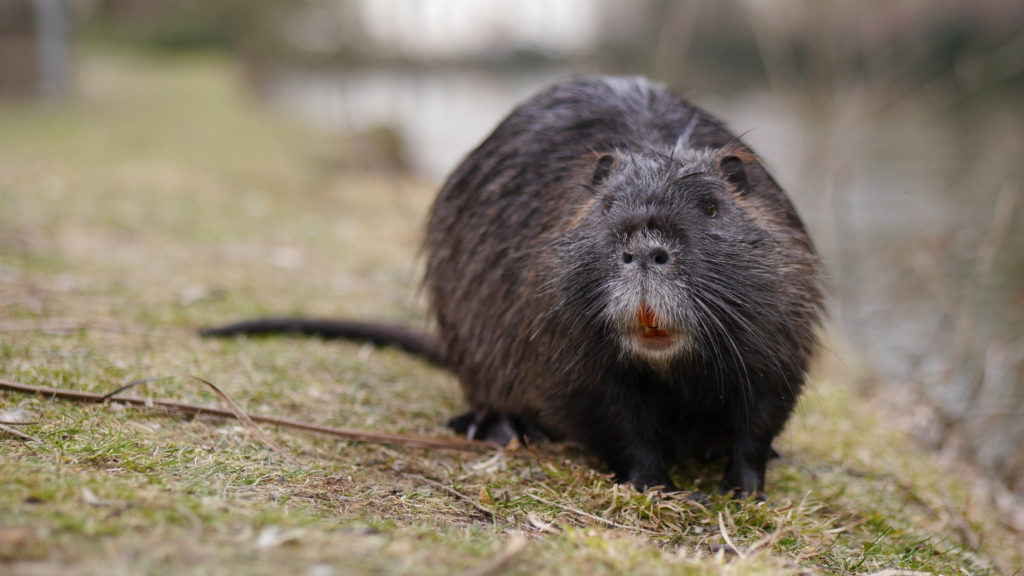Invading Ireland: the coypu
By Dr Colin Lawton, National University of Ireland Galway One of the greatest threats to biodiversity is the invasion of alien species into an ecosystem. These can occur through natural migrations as a result of recent habitat or climate change, or species can be introduced by human activities, both accidentally or deliberately. Invasions are occurring…
Giant Rodent Invasion: The Coypu
Listed as among the Top 100 of the world’s worst invasive species, the coypu (also known as nutria) can cause severe damage to the environment in countries where it is an introduced species. Largely introduced as stock for fur farms and for private ownership, it has spread from its native range in South America to…
Himalayan Balsam and its impact on UK invertebrates
Himalayan balsam is one of the UK’s most widespread invasive weed species, colonising river banks, wasteland, damp woodlands, roadways and railways. Research by CABI scientists has shown local invertebrate biodiversity is negatively affected by the presence of Himalayan balsam. This leads to fragmented, destabilised ecosystems, which has serious consequences on processes and functioning, and complicates…



